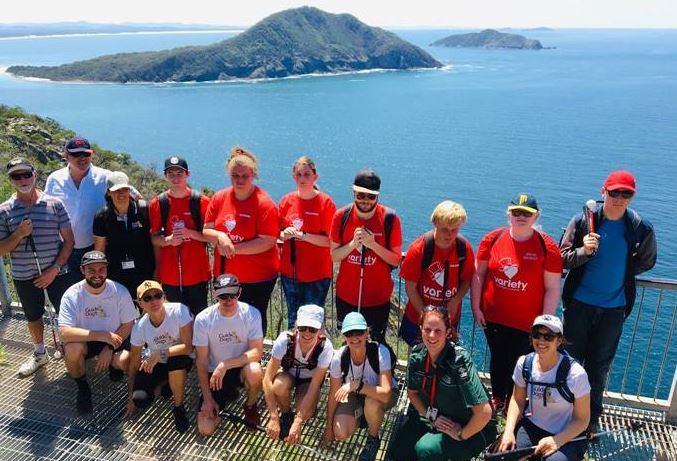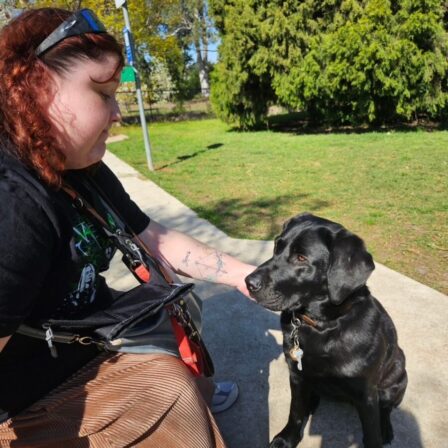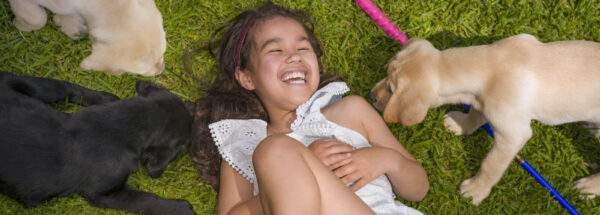News
Ain’t no mountain high enough

A group of young Guide Dogs NSW/ACT clients who are blind or have low vision climbed Mt Tomaree, Port Stephens on Friday 4 October.
The seven young people aged 14-21, from the Hunter and Central Coast, took on the ‘Climb for a Cause’ challenge in the lead up to International White Cane Day which was on 15 October.
Mt Tomaree is a 2.2 km, Grade 5 climb with more than 300 stairs that reaches an elevation of 161 metres above Port Stephens. The team planned and trained for the hike since July, both independently and in group sessions, and collectively walked more than 80km. Training has included parkruns, gym sessions and bushwalks.
During their training, the young clients kept in touch with each other using Facebook and What’s App, highlighting the growing importance and use of technology by people with blindness or low vision to connect with their community.
The climb is part of an overall Wellness program run by Guide Dogs NSW/ACT’s Newcastle office that promotes health and wellbeing, the importance of goal setting, as well as the benefits of helping and supporting others in the community.
The group also decided to double the climb as a fundraiser, and raised over $1500 for their charity of choice – Variety the Children’s Charity.
“This year’s theme for International White Cane Day is ‘My Cane, My Way’. It’s all about our clients finding their own path to independence, and demonstrating to themselves and the community that they can achieve their goals,” said Jody Morris, Orientation and Mobility Specialist at Guide Dogs NSW/ACT.
“The Mt Tomaree climb is a great example of this. By working in a team, the young participants were also able to encourage and motivate each other, helping foster social and community connection,” Ms Morris said.
The climb was followed by a celebratory barbecue with family, friends and supporters.
While training Guide Dogs is an important part of Guide Dogs NSW/ACT’s work, the most common program is showing people with blindness and low vision how to safely move through different environments, using a range of mobility aids and electronic devices.
The organisation provides a wide range of services, including many that assist children and young adults with blindness and low vision to participate freely in everyday activities at school, at home and in the local community.





